
“When’s the last time you’ve been to ‘Sugar City?’”
This is a question you’ve probably never been asked before. (I know… because I grew up around here and I haven’t been asked that by anyone in my lifetime.) And to be honest: I don’t think anyone even knows where the hell Sugar City is.
I sure didn’t — until the day I accidentally discovered it with my wife, who was looking for a new place to hike near our house around San Pablo Bay.
It happened suddenly, as if we stepped through a rift in time and got lost in another dimension of history — centuries before the Bay Area had transformed into the headquarters of Twitter and Facebook; back when it was still a rugged land fueled by fringe dreamers who depended on factories, railroads, and shipyards.
I don’t want to dismiss the violence of those times, though. Without a doubt, the genocide and displacement of indigenous communities marked a horrific shift towards industrialized modernity. This is not to be overlooked or ignored. But, this story isn’t about these shitty parts of our region and past — that’s for another time. This is about the unexpected remnants of a forgotten time in Bay Area lore; about witnessing the residual glory of a prosperous boom in our local economy before crashing; about a place that was once driven by nationally distributed grain and sugar industries in Crockett and Port Costa, California.
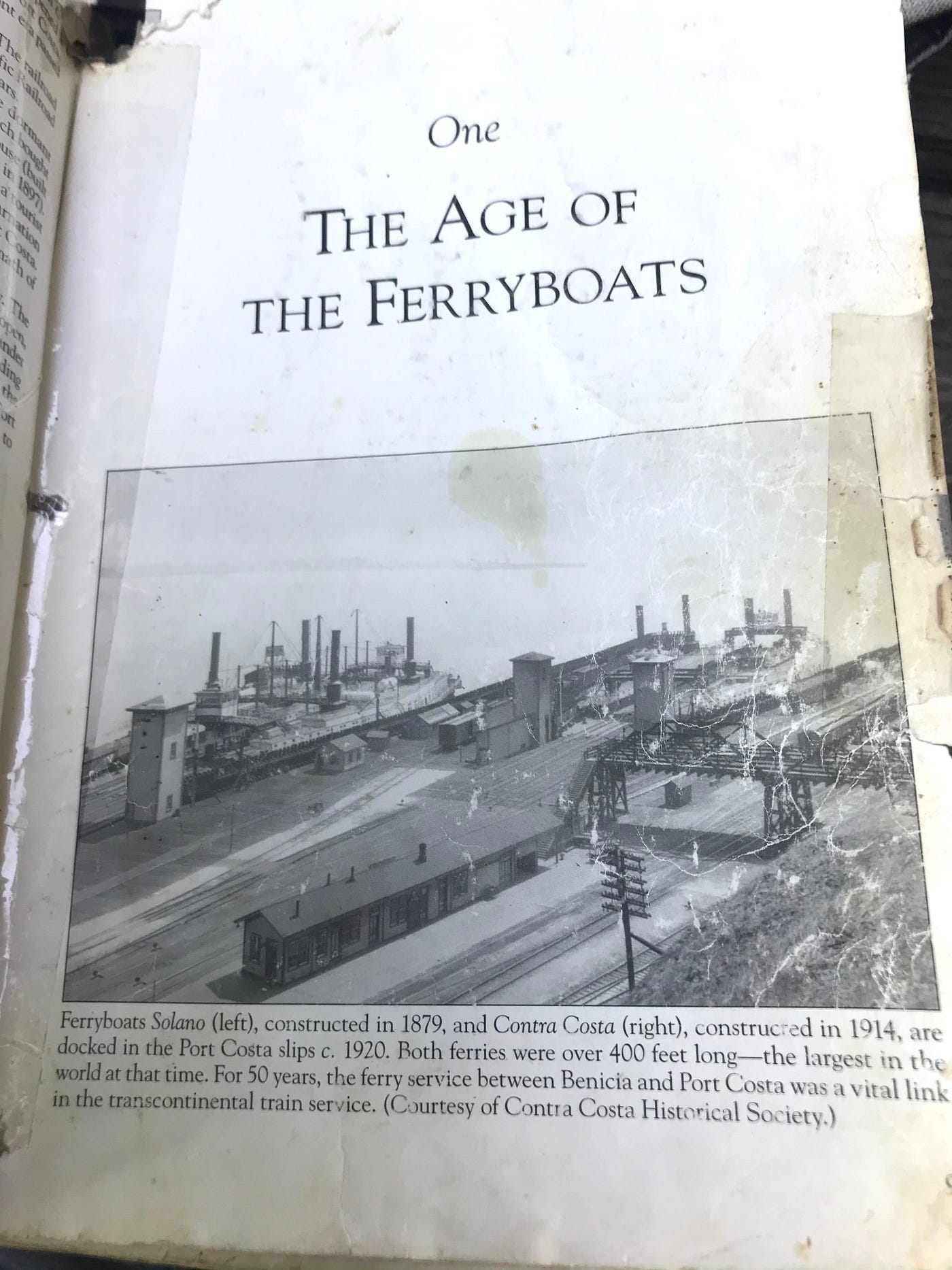
Starting in the late-1800s, the area was developed (in a colonized sense) by a group of ranchers, merchants, and businessmen in search of — yes, you guessed it — money. In those days, the newly-built wharves and ports allowed large shipments to deliver products from these small towns to not only San Francisco, but to the world, through the Sacramento River banks that eventually led to the Pacific.
Who cares, though, right? Oldtimer stuff.
But what’s important to know is that this area was booming — largely due to the C&H Sugar plant, which is among the oldest companies currently operating in the East Bay — that it became dubbed, “Sugar City.”
The town peaked, sugar snowed, and cash flowed for generations. However, as technologies evolved and the Bay Area became less driven by these laborious industries, the capital value of the products decreased, until — in 2016, “citing a loss of profitability” — the refineries were either closed or severely downsized. Many fled, few stayed, and the exodus led to a borderline ghost town vibe that you’ll feel there in 2021.

But I’m here to tell you that despite a rough exterior and somewhat hidden presence in the shadow of the Vallejo Bridge, it’s still a sweet spot that you should definitely check out to appreciate the Bay’s yesteryears. And it’s not only about the past in Crockett and Port Costa; it’s about the present being defined by young business owners who know what the fuck is up.

Folks like Randy, the owner of Lucia’s Craft Sandwich on Crockett’s most popping strip, 2nd Ave. A self-described “Bay boy,” Randy is a father of three children (his eldest daughter, Lucia, inspired the name of this delicious eatery). Randy effortlessly represents the local talent cultivating a new wave of food and charm in the area.
“I used to live in Brooklyn, but I realized that we can have stuff like that here, too,” he tells me while calmly slicing a sandwich during lunch rush hour. “We don’t really do any advertising, so the people who know about us just keep coming and we’re happy to serve this area.”
He’s a poetic dude, running a hidden gem, which I’m confident would get thrice the amount of hype if it were located near Lake Merritt or Dolores Park. Instead, Lucia’s is quietly tucked away in a less-trafficked zone — in Sugar City — like some hidden B-Side track that the mainstream audience will probably never hear, but you’ll feel blessed when you discover that it’s been there all along.
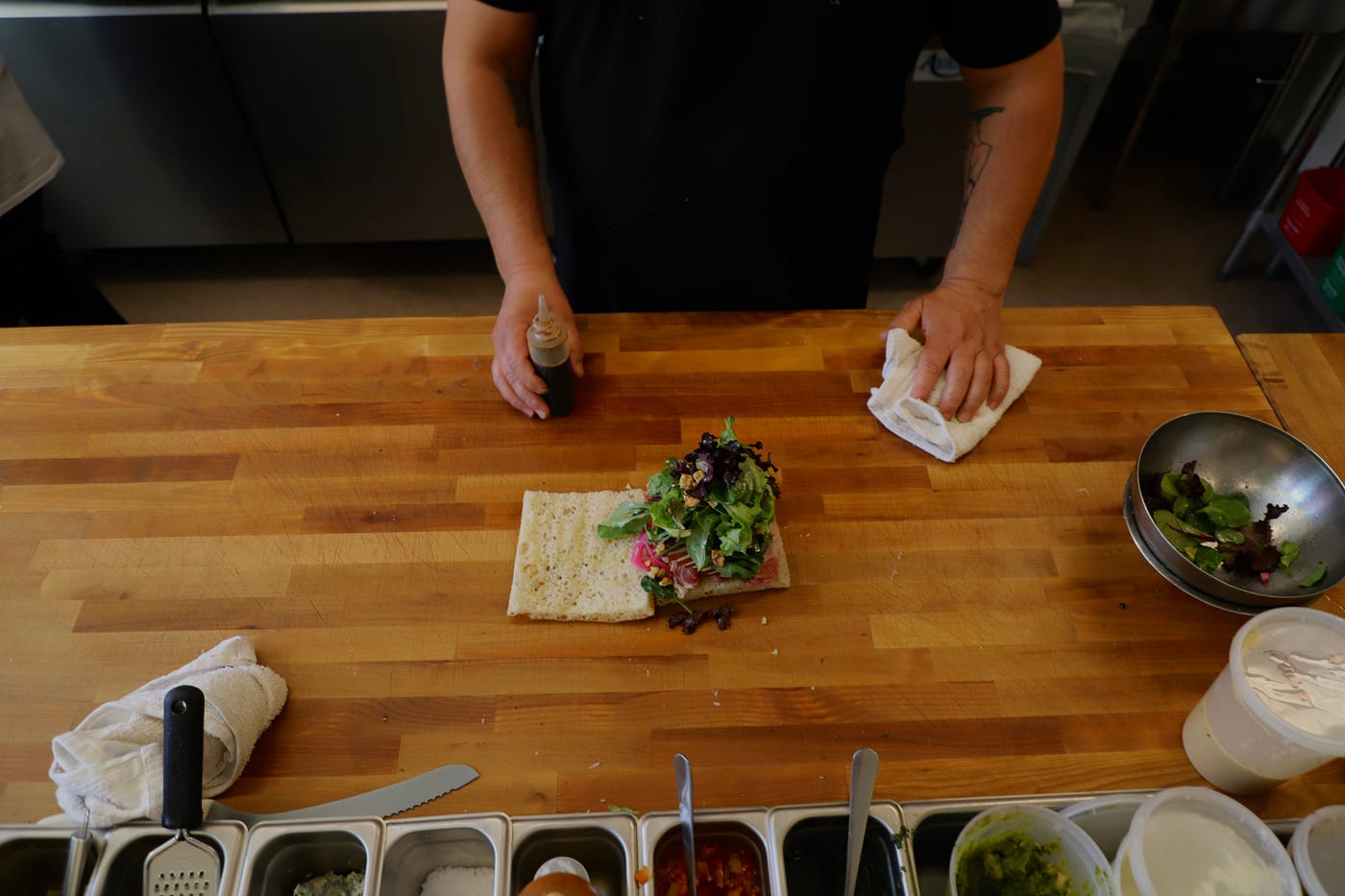
I ordered a prosciutto sammy — with chopped walnuts, blue cheese, thinly sliced pears, fresh greens, pickled onions, and a generous amount of cured meat — and after finishing, I would eat two more even though they were epic in both portion and flavor. (My mom was in town for the weekend and ordered the mushroom grilled cheese with spinach, proclaiming it to be the best sandwich she’d had since she moved away to Texas. We tasted heaven in between bread that afternoon).

While you’re there, you can hit up Toot’s Tavern next door, get tatted up at Sugar City Tattoo Company around the block, or peruse the neon sign art at Aargon Neon. Though minuscule in size, the town has a mix of colorful characters (one lady was training her parrot at the town square and let us feed him) and miscellaneous shops, including art galleries, cafes, and a pizzeria.
Afterward, you can hop in your whip and drive down past the C&H Refinery (at night, the neon signage glows hella bright), and wander the few streets to appreciate the New England-esque architecture.
You’ll eventually find the way out, leading further up the river bend, towards Port Costa. You might even stop along the short 10-minute drive of beautiful scenery to stretch your legs for a walk at the Bull Valley Staging Area — where you’ll be able to see Benicia up close while boats of all sizes cruise the calm waters. There’s also a bizarre outdoor sculpture in the woods listed as “Brodi’s Tipi” on Google.

Continue on your journey like you’re on the Oregon Trail. Once you hit Port Costa, you won’t be disappointed. The even quainter town — previously known for their grain shipments — has a whimsical feel, although, there were some Trump signs upon entering. The Republic energy was palpable at first but is quickly offset by a visible presence of Black Lives Matter signs, pro-immigrant messages, and Pride flags in front of many homes and establishments. It almost felt like the old traditions were warring with the new ones, but nonetheless, a tension could still be felt — something I have to mention as a young Mexican American visitor with my Spidey senses tingling.
Regardless, the people I spoke with were extremely welcoming and excited to talk about the history and locality, and I don’t want to discourage people of color from going, because I think it’s important for our visibility to take up space in all parts of the Bay.
“This area used to have something like 2,400 people living here, but now has under 800,” Mary, a bartender at The Warehouse Cafe tells me. “But don’t quote me on that.” (Sorry, it was such a quotable moment!) The Warehouse Cafe includes a pool table, affordably-priced drinks, full-sized taxidermic bears, zany paraphernalia from the Wild West days, and a view of the riverfront — where, a local man tells me, part of the city once burned down.

After you finish up, there’s an equally old-school yet elegant joint across the street at Bull Valley Roadhouse, where fine wines, liquors, and American cuisine can be enjoyed in an appealingly rustic space.
Whether you’re stopping in for a cocktail, grabbing a bite, going on a date, or just taking a walk around the few buildings populating the single street in town, it’s a place that will legit transport you back in time. If nothing else, you’ll feel like you’ve left the Bay Area and landed somewhere else, and you’ll be surprised in how it expands the way you think about home, the layers of change over time, and the offerings of what we have nearby. I try not to take these things for granted, especially as COVID re-openings are beginning to pick up and vaccination distribution has continued — it really is an aesthetically beautiful place to see in person.
So, before you go back to that same restaurant you’ve been frequenting during quarantine, or before you make plans to visit some trendier location that IG influencers have baptized as cool, drive over to the literal edge of CoCo County to see what the people have been serving up since the days of saloon doors and moonshine.
Afterward, you too will want to inquire if your homies have ever been to Sugar City; and if they haven’t, tell them when to go.
Feel free to use the below photo dump of pretty, serene, prepossessing things, should they need more convincing:

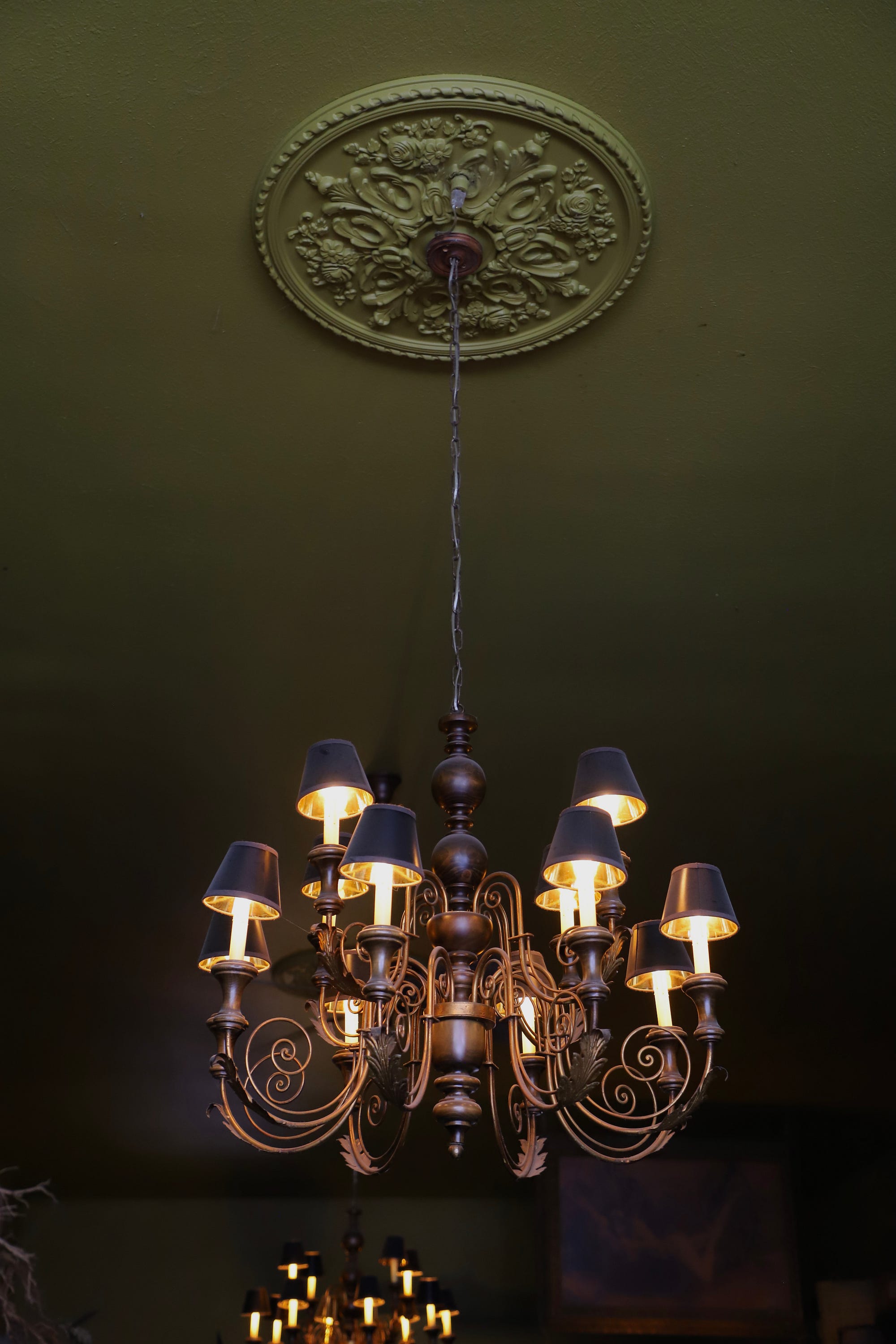
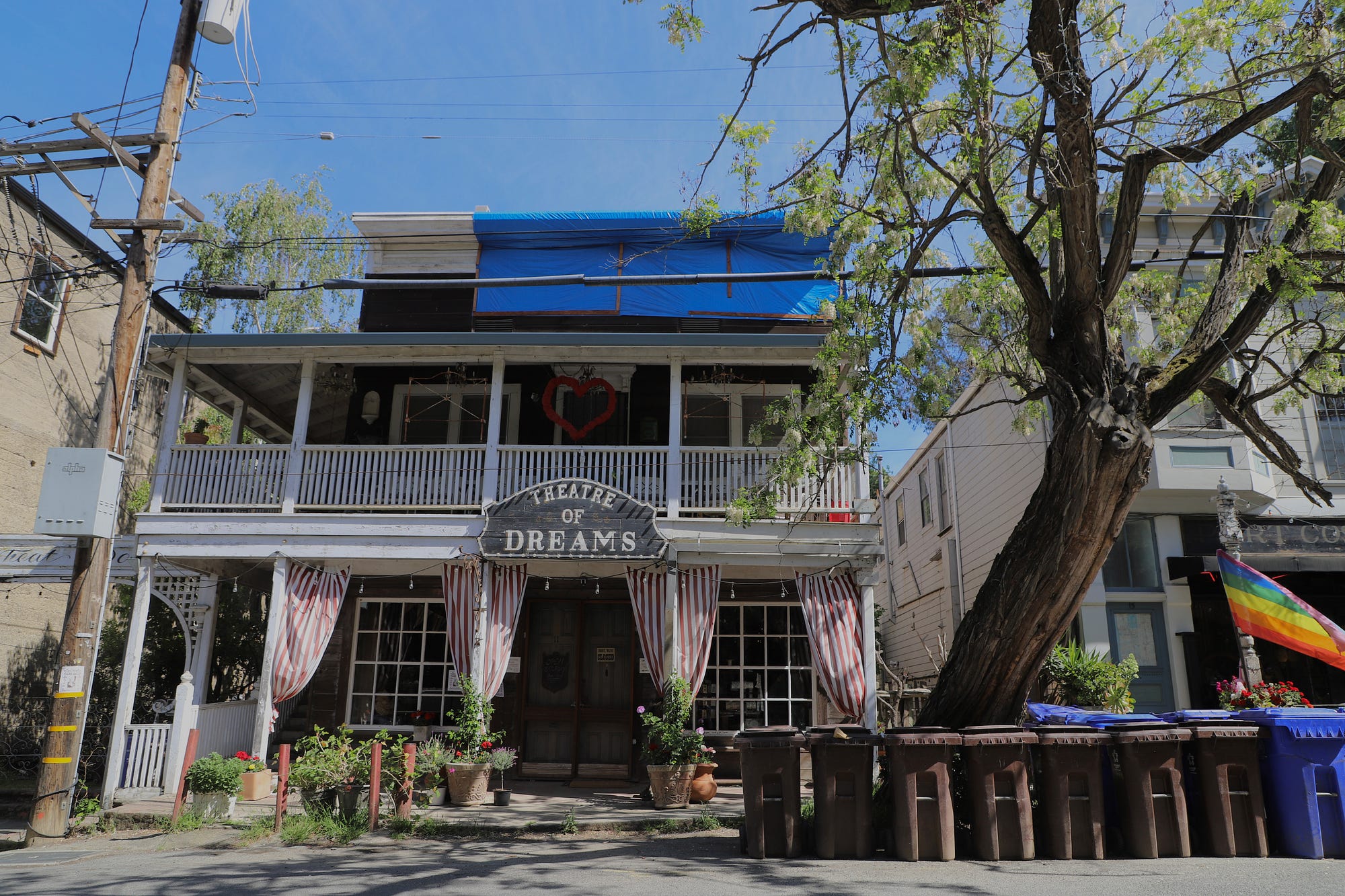
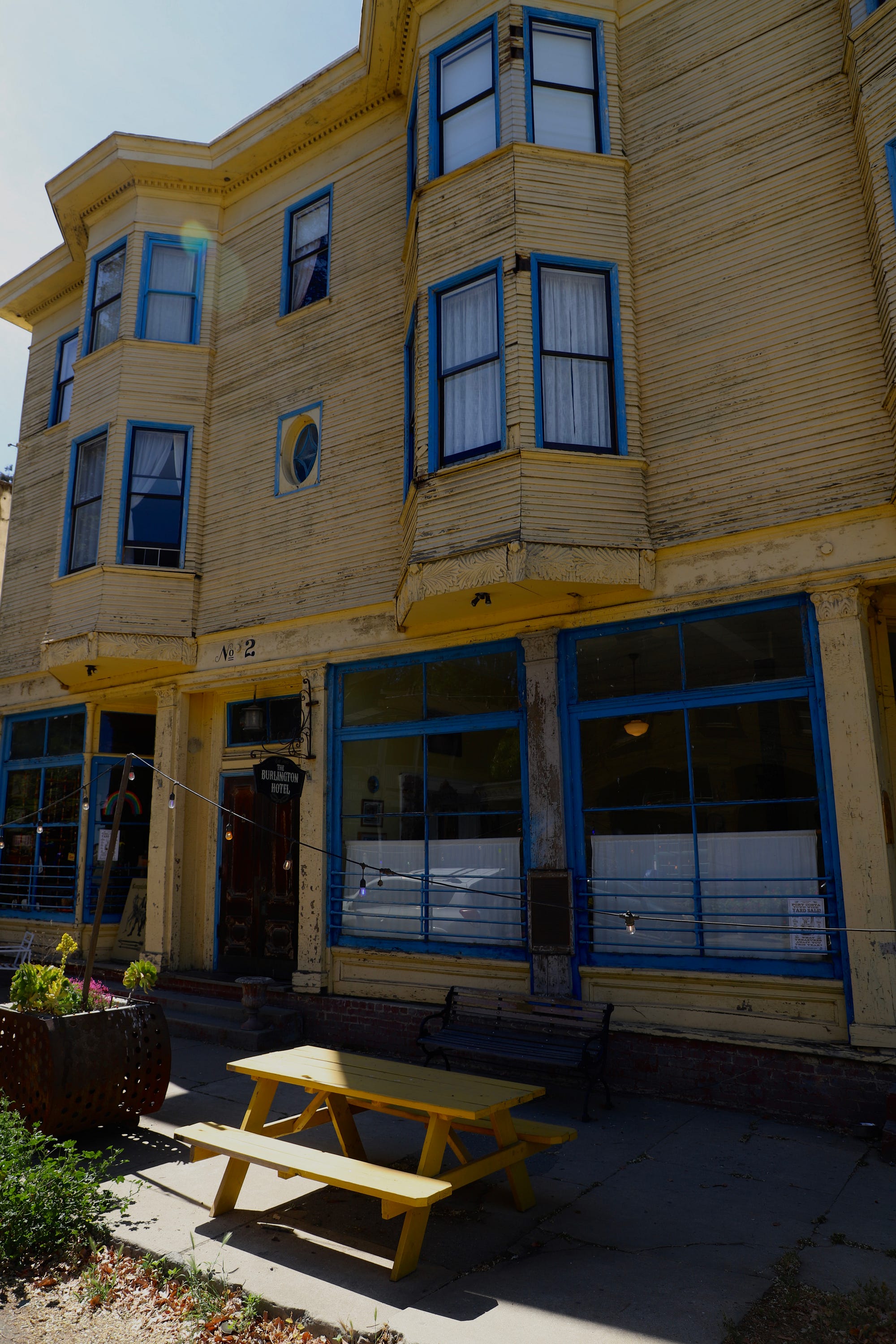
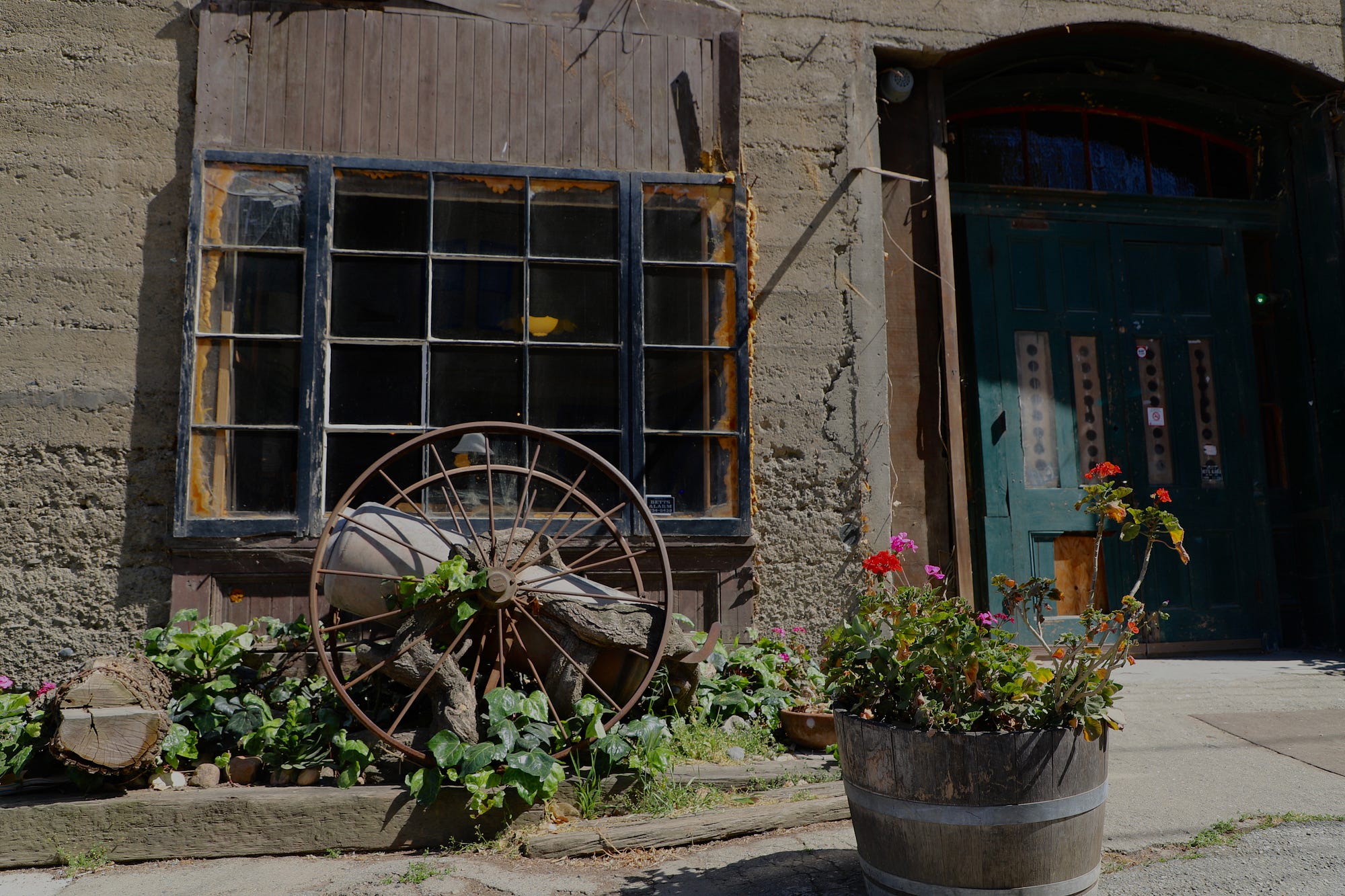

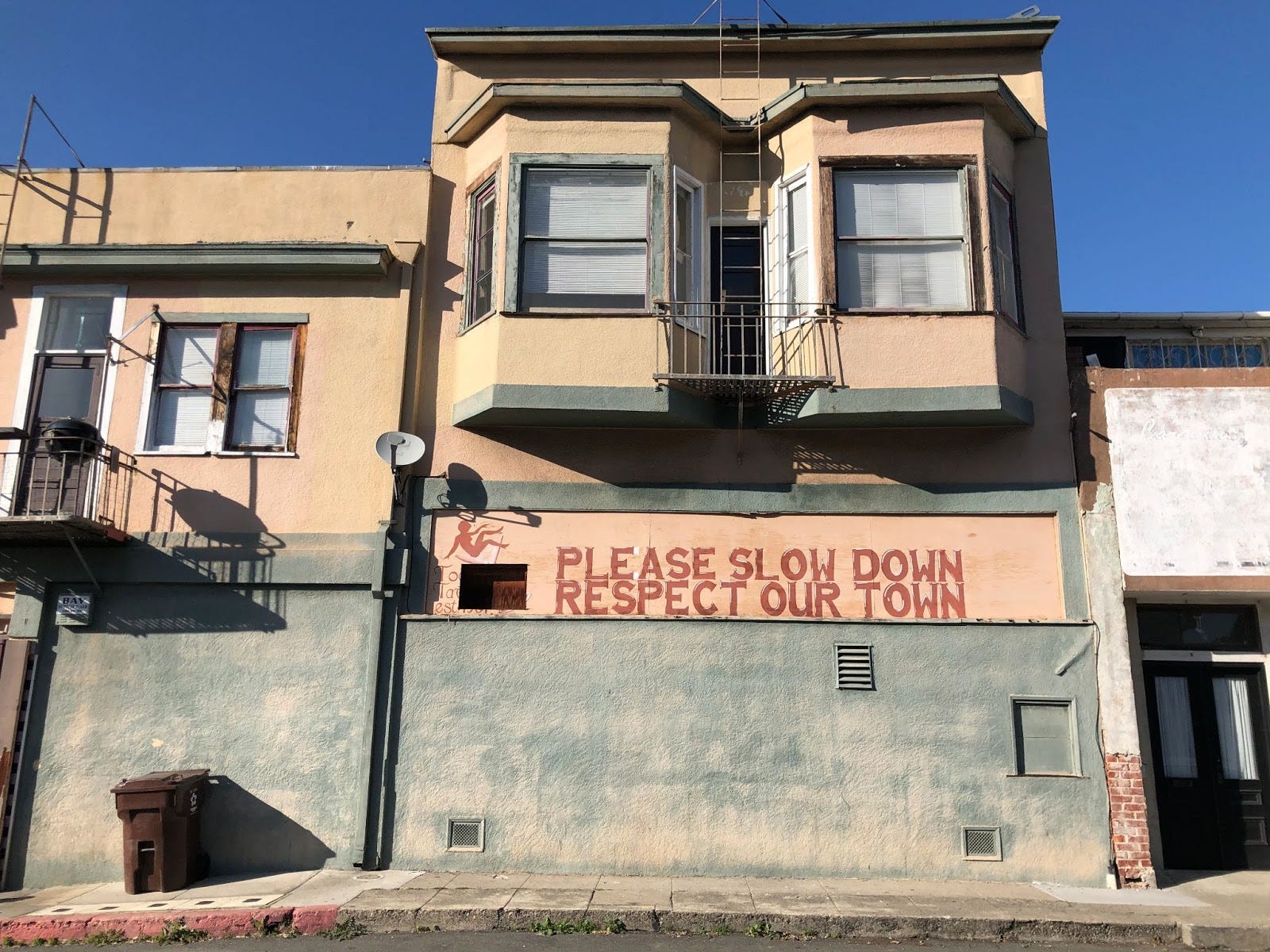
Sign up for The Bold Italic newsletter to get the best of the Bay Area in your inbox every week.







